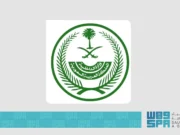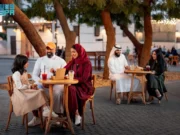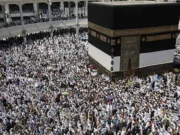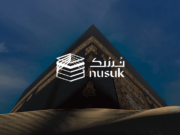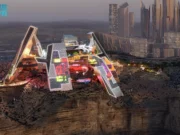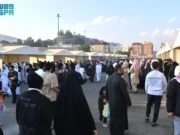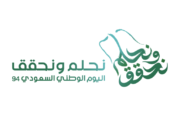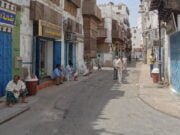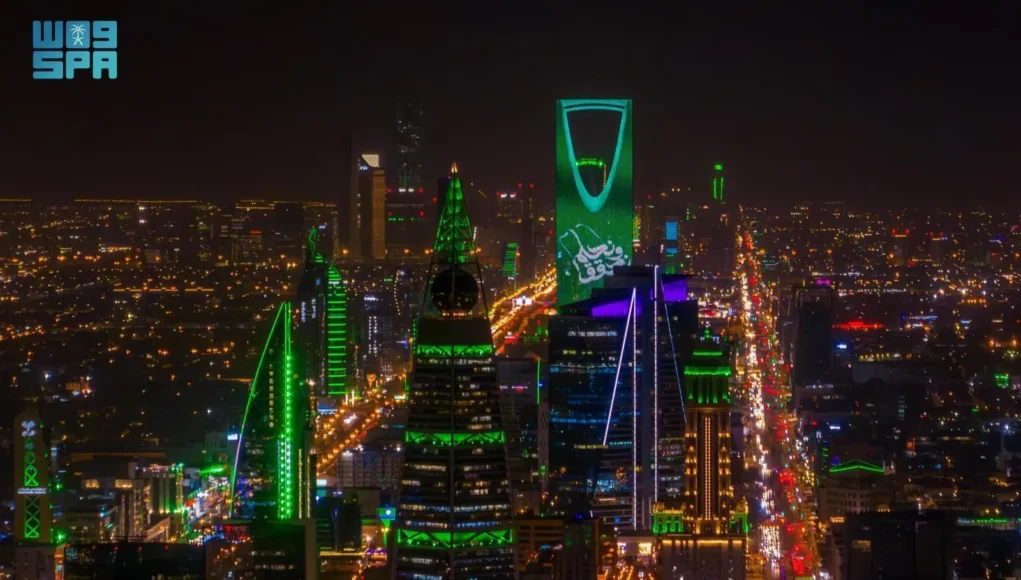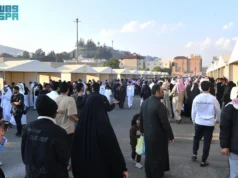The رؤية السعودية ٢٠٣٠ (ruʾyat al-suʿūdiyah alfayn thalāthūn), which translates to Saudi Vision 2030, is ambitious and aims to transform the kingdom into a more modern and prosperous nation. Saudi Arabia’s Vision 2030, a bold roadmap for national transformation, is showing impressive results in its eighth year. Launched in 2016 by Crown Prince Mohammed bin Salman, Saudi Vision 2030 is a program by the Saudi government that aims to diversify the country’s economy and society. It’s a long-term plan with goals for the year 2030. Here are some of its key aspects:
Strategic Planning and Execution: The Foundation of Success
Vision 2030’s success stems from a clear strategic framework built on three pillars: a vibrant society, a thriving economy, and an ambitious nation. Well-defined goals, measurable performance indicators, and detailed initiatives support each pillar. This structured approach ensures clarity of purpose and provides a framework for accountability.
The initiative’s strong leadership is another key driver of progress. Under the guidance of HRH Crown Prince Mohammed bin Salman, the government has demonstrated unwavering commitment to the plan, mobilizing resources, aligning stakeholders, and ensuring timely implementation.
Economic Transformation: Diversification and Growth
A cornerstone of Vision 2030 is the diversification of the Saudi economy away from its historic reliance on oil. Steady growth in the non-oil GDP increased local content within key sectors, and a thriving SME sector demonstrates success in this pivotal area.
The Public Investment Fund (PIF) is another engine of economic transformation. Its assets have grown exponentially and its investments are driving job creation and fostering innovation. The PIF is positioning Saudi Arabia for long-term economic success by targeting strategic sectors and partnering with global players.
Empowering Saudi Society: Opportunities and Well-being
Vision 2030 prioritizes the empowerment of Saudi citizens. This includes providing opportunities for education, employment, and personal development. The initiative has seen a decrease in unemployment rates, particularly among women. It has expanded vocational and skills training, supporting graduates to enter the workforce and ensuring the right skill sets are available for the burgeoning economy.
Improved quality of life is another core focus. Increased life expectancy, expanded access to healthcare, and increased focus on physical activity and healthy living demonstrate the commitment to citizens’ well-being. Preserving cultural heritage while also fostering a vibrant arts and entertainment scene further contributes to a thriving Saudi society.
Global Competitiveness and Collaboration
Vision 2030 positions Saudi Arabia as a hub for innovation, investment, and global collaboration. The Kingdom’s strategic location and strong infrastructure make it a valuable partner for businesses worldwide. Successes in improving logistics performance, boosting connectivity, and fostering a business-friendly environment strengthen Saudi Arabia’s standing on the global stage. This, coupled with the success of hosting Riyadh Expo 2030, showcases the Kingdom’s growing influence.
Looking Ahead: Challenges and Opportunities
While the progress made under Vision 2030 is undeniable, challenges remain. Further improving government efficiency, accelerating private sector growth, and ensuring the sustainability of environmental protection efforts are areas for continued focus. Nevertheless, the Kingdom’s track record demonstrates a capacity for overcoming obstacles and achieving ambitious goals.
Saudi Arabia’s Vision 2030 is a testament to the power of strategic planning, strong leadership, and unwavering commitment. The transformation underway is positioning the Kingdom for a future of prosperity, innovation, and global influence. As the initiative progresses, it will serve as a model for other nations seeking to build a sustainable and prosperous future.

